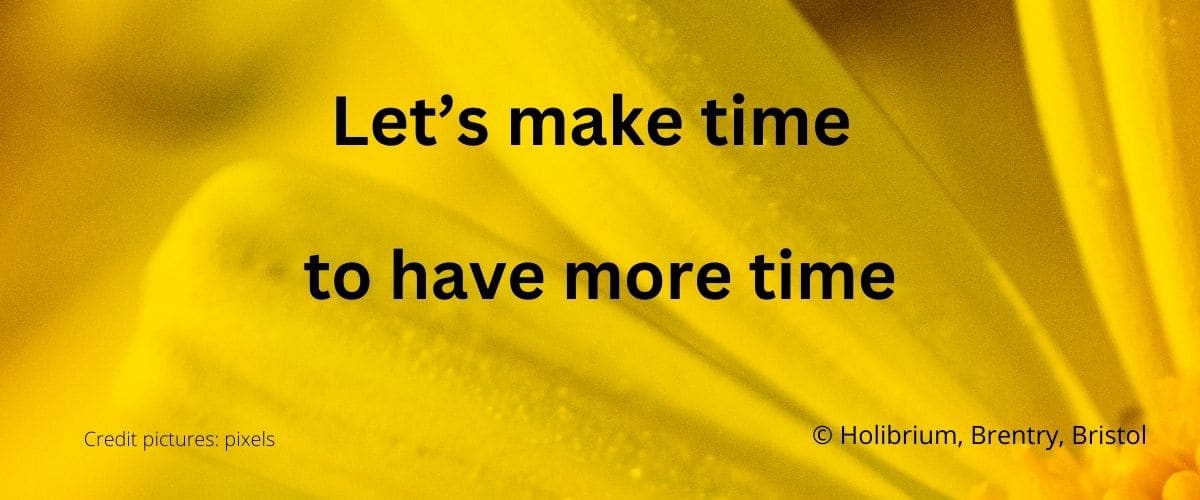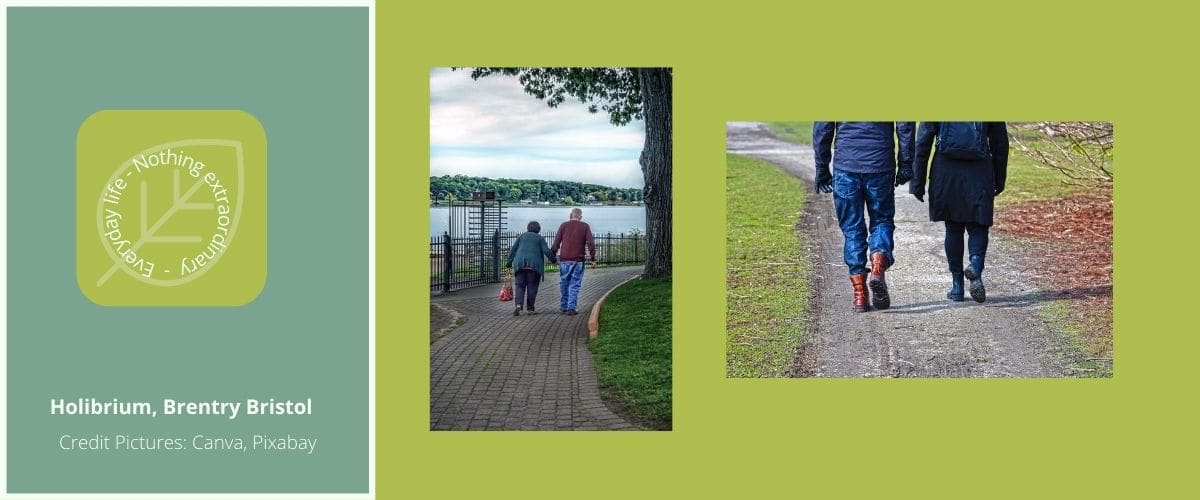Let’s face it: in the face of demand, we tend to add ‘more’. We concentrate more, we tense more, we try harder and so on.
Next time you ask yourself to concentrate, to concentrate more or to try harder, observe yourself. What is happening? What have you added to your behaviour? When you request others to concentrate, to concentrate more or to try harder, ow does their behaviour change? Have they added anything? Mmmm….!
Same illogical logic
Is this because we think and believe that more of the same behaviour, behaviour that obviously was not satisfactory either to us or to others, will yield a better outcome?
Now, if some behaviour did not work with less, why would it work and yield more with more of the same? Mmmm….! Strange logic, isn’t it?
Why would repeating more of the same help???
Even so, I can recognize myself here and maybe so do you!
Deciding to change
Not repeating more of the same will entail making a decision to change. Indeed, change is a decision. It is a moment in time, i.e. it is as quick as snapping our fingers.
Now, what might not be so quick is the length of time it might take us to get to the moment (which is quick) when we decide to change….
What I want you to know, is if you're going to have a breakthrough, when someone says it took 10 years to make a change, what you really find out, is that the change happened in a moment. It took you 10 years to get to the moment to say: 'Never again. I quit. Let's begin. I love you. I do. It's over.' (Tony Robbin)
I can recognize myself here as well, can you?
So, should we accept that our behaviour is illogical – and unreasoned –, wouldn’t it make sense to decide to change and avoid creating for ourselves complicated behaviours and ending with complications as we continue piling our behaviour(s) up?
Life experience has shown us we find it difficult to deal with too much… Do any of these ring a bell? Too stressed, too tense, too depressed, and so on?
We can harrumph all we want, and we do and we will. However, such deciding to change is down to us and only us. We are in charge.
Of course, we can get help on the way: we can read books, articles, blogs and we can work with someone.
Simplifying to move forward
Life is complex; our body is a wonder of simple complexity. Does all of the above have to be complex/complicated though?
Aren’t we the one complicating all of the above? If we are – and I am – we can learn how to change how we react to life’s events.
By changing our movement behaviours and by not piling more complications on ourselves – by stopping our interferences -, we bring simplicity into our lives.
When we stop piling up complications – i.e. our behaviour/movement reactions to anything – we simplify the way we react, we bring more freedom into our life at a mental and physical level.
In our own time – as it never is otherwise -, why not go a step further and do not let ourself be attached to ‘good and best results’. We might surprise ourselves at the outcomes of our patient, steady and industrious process. This will take time. And remember:
This may not be today, tomorrow, or the next day, but it will be (…)(FM Alexander)
Remember as well that though simple it is, easy it might not be.
More = complication, less = simplicity
More = complicated, less = simple









